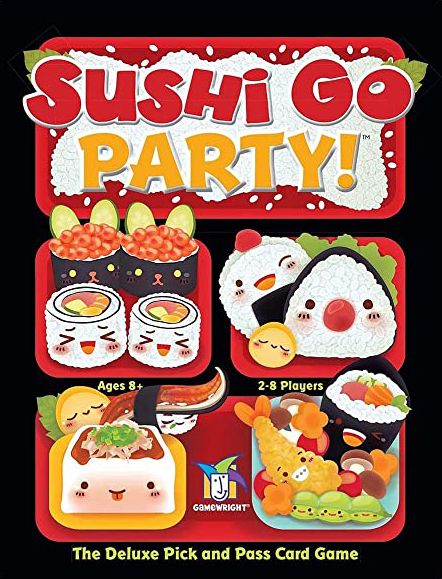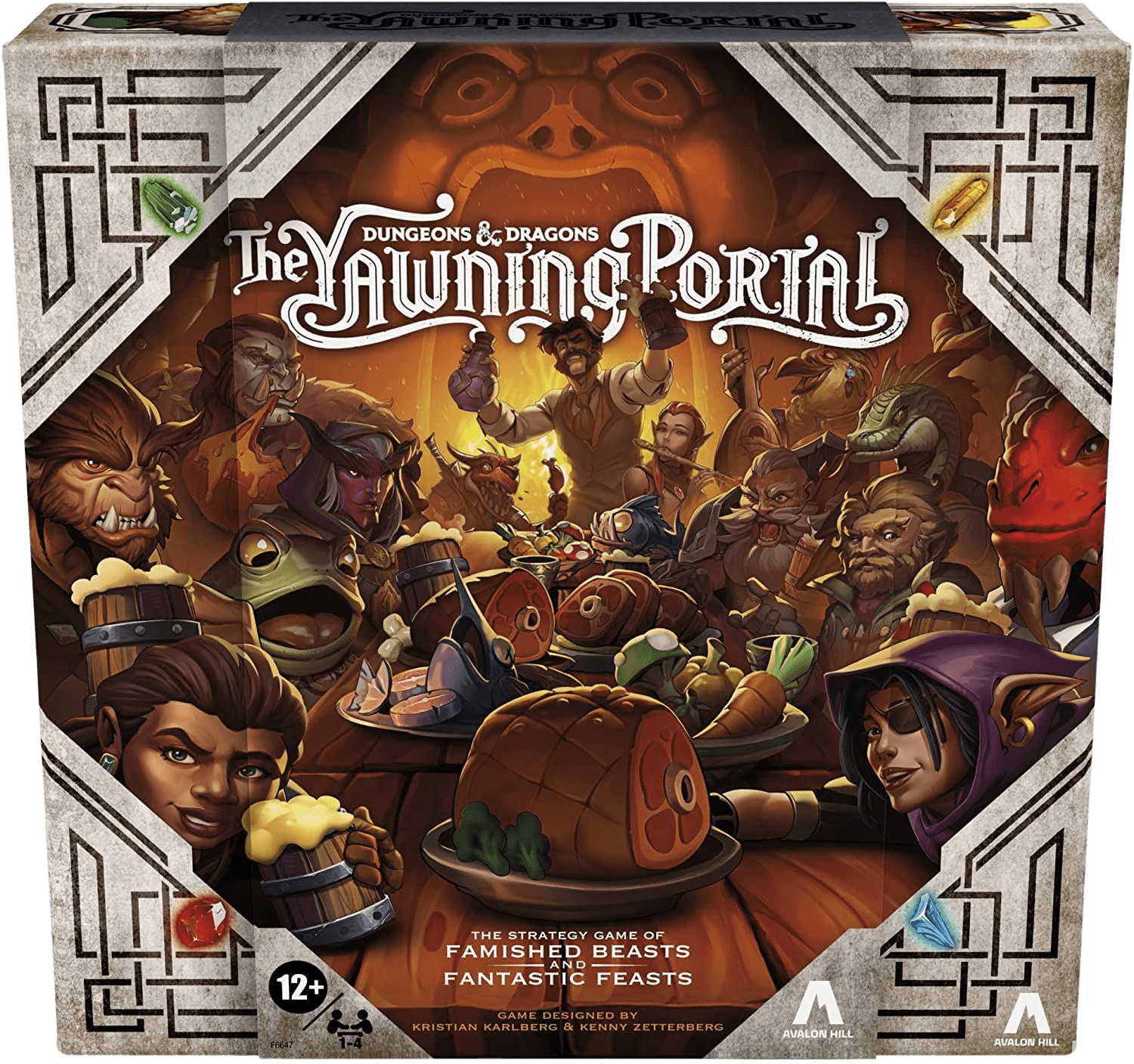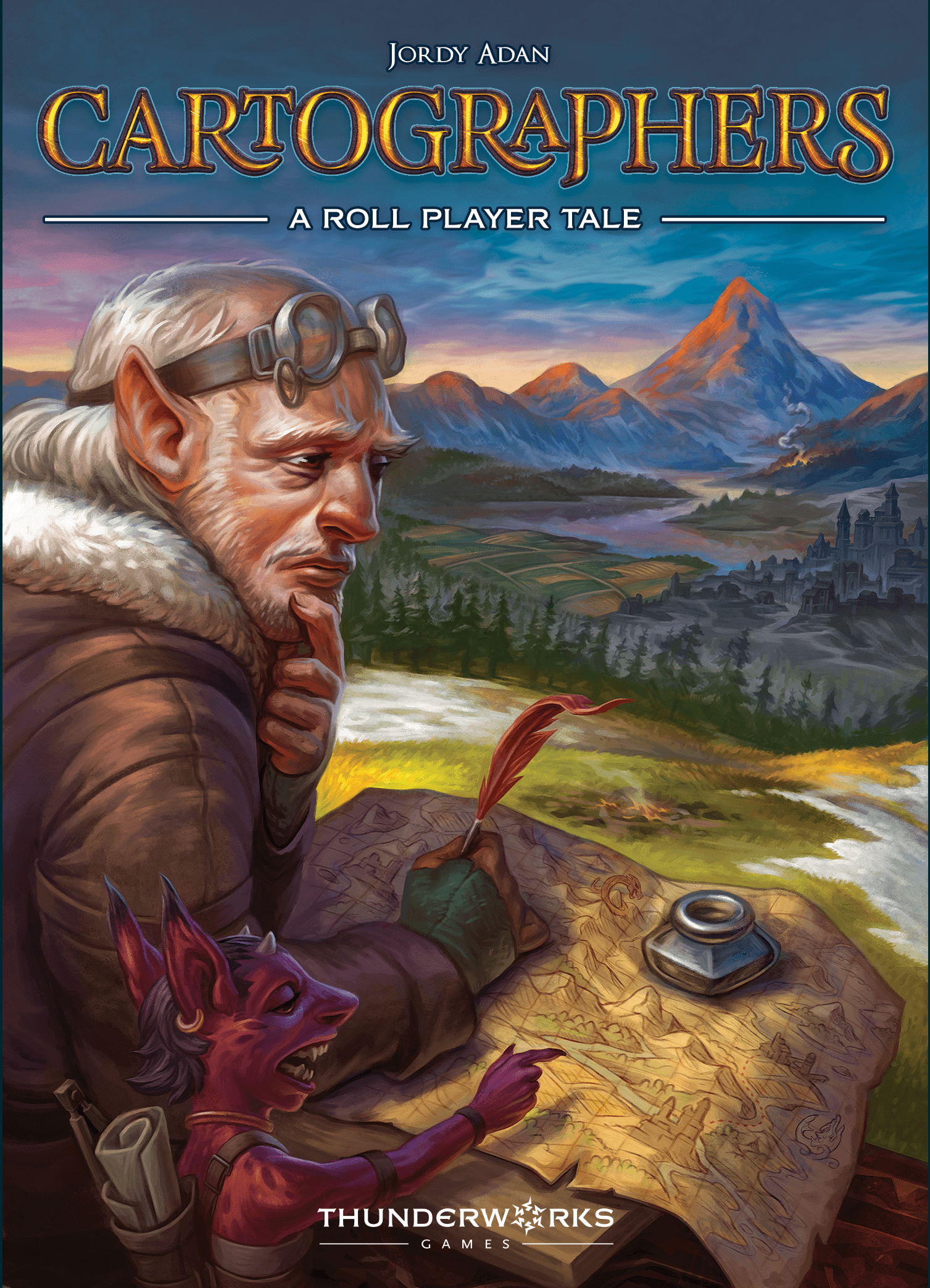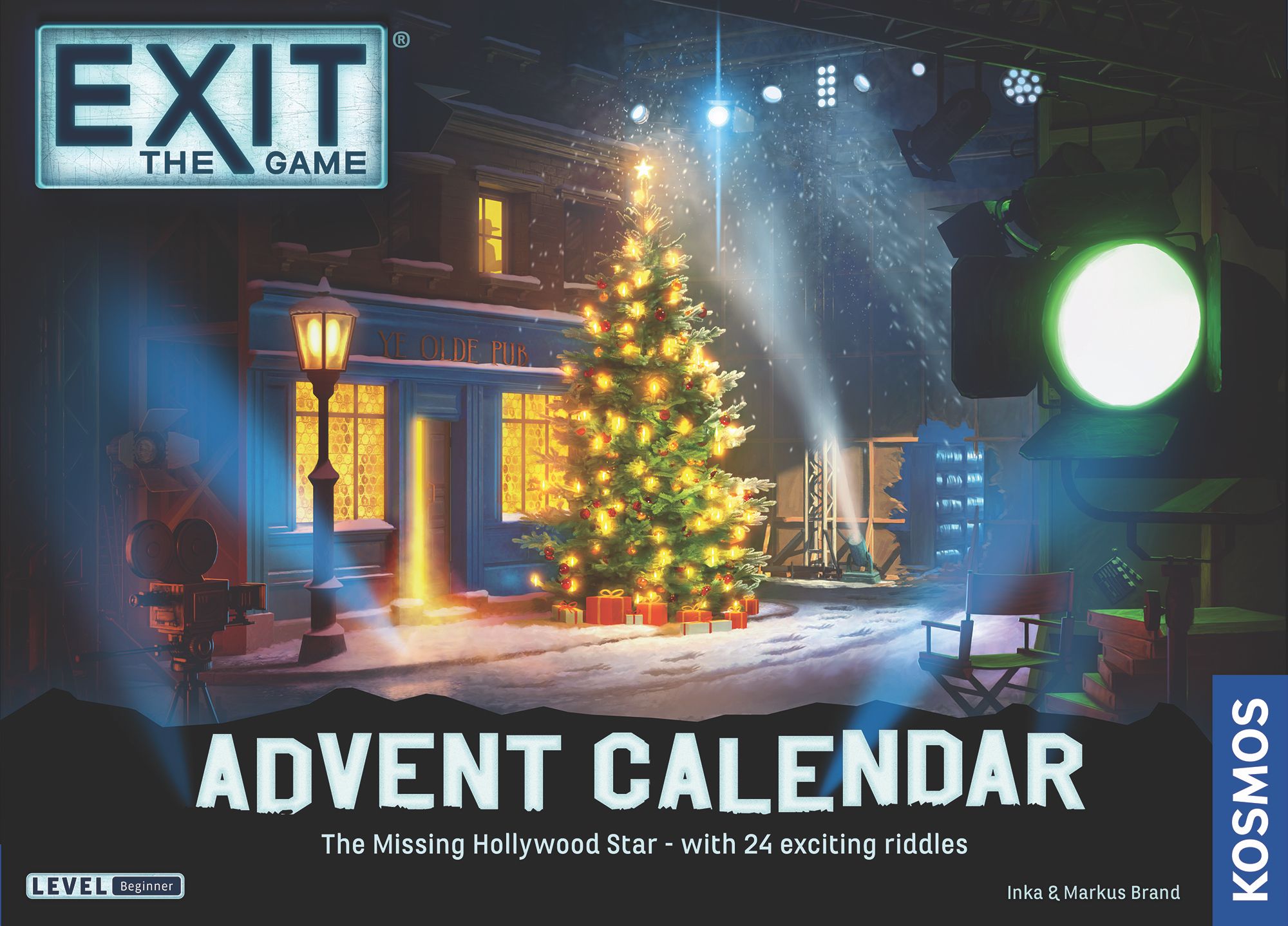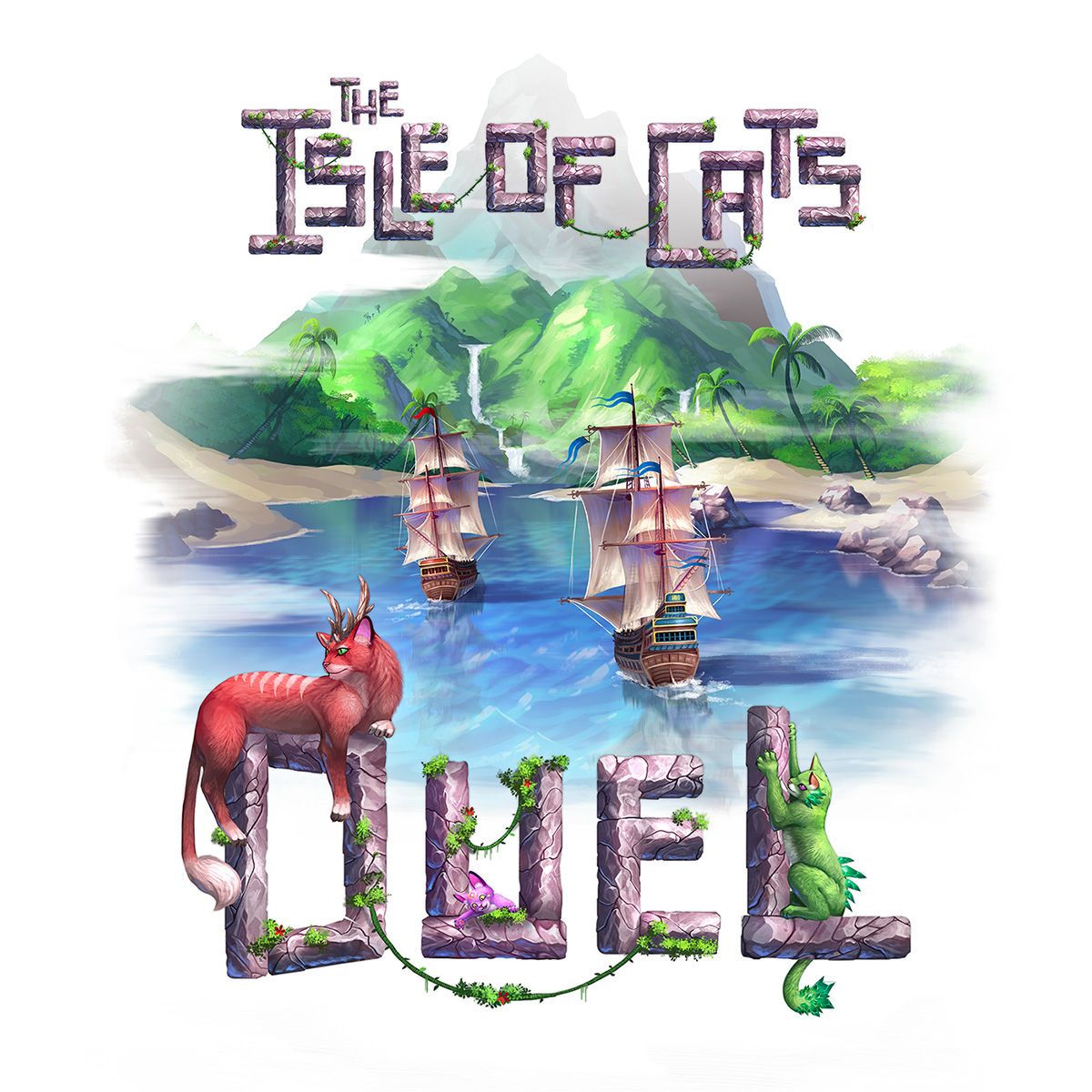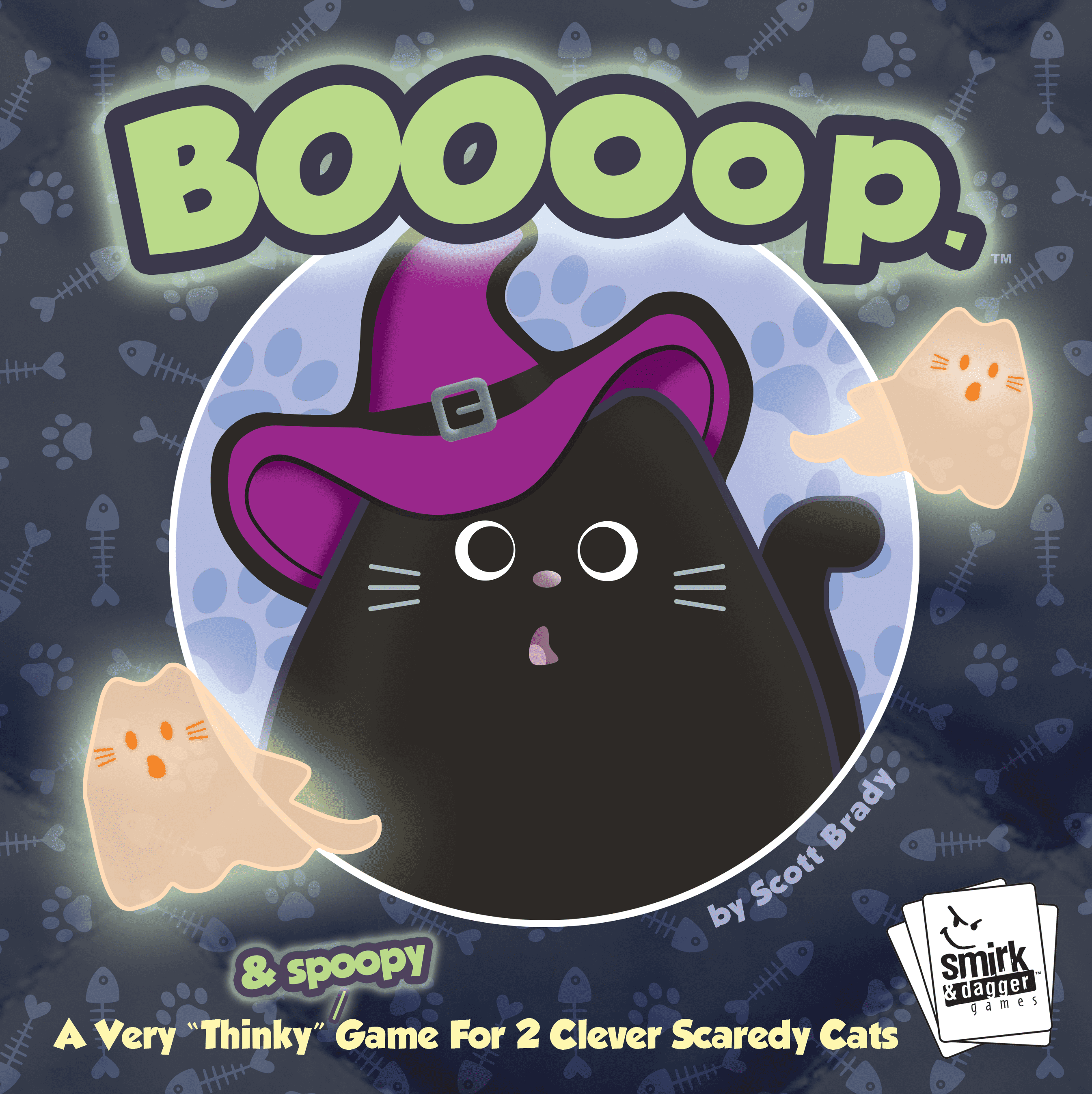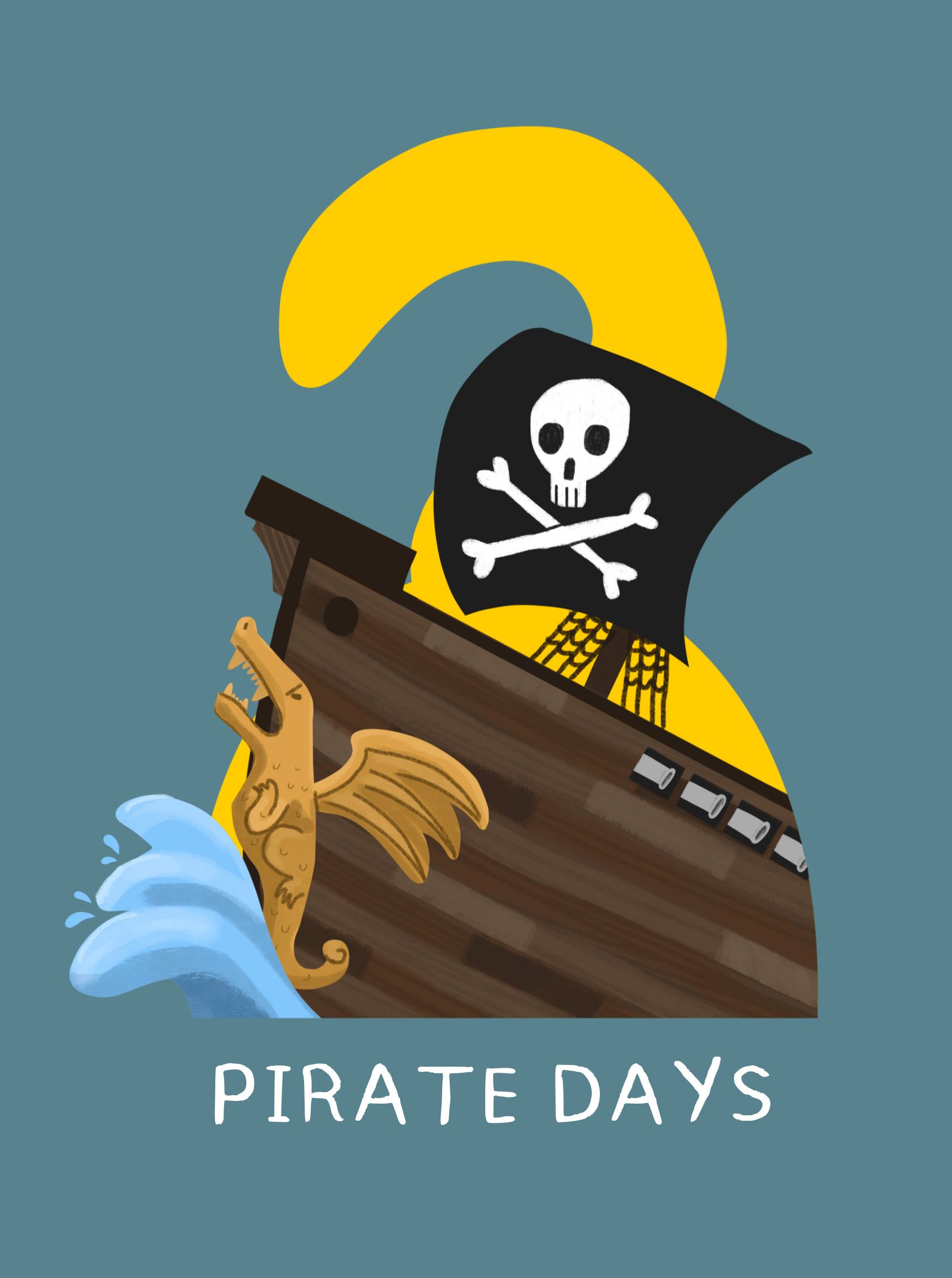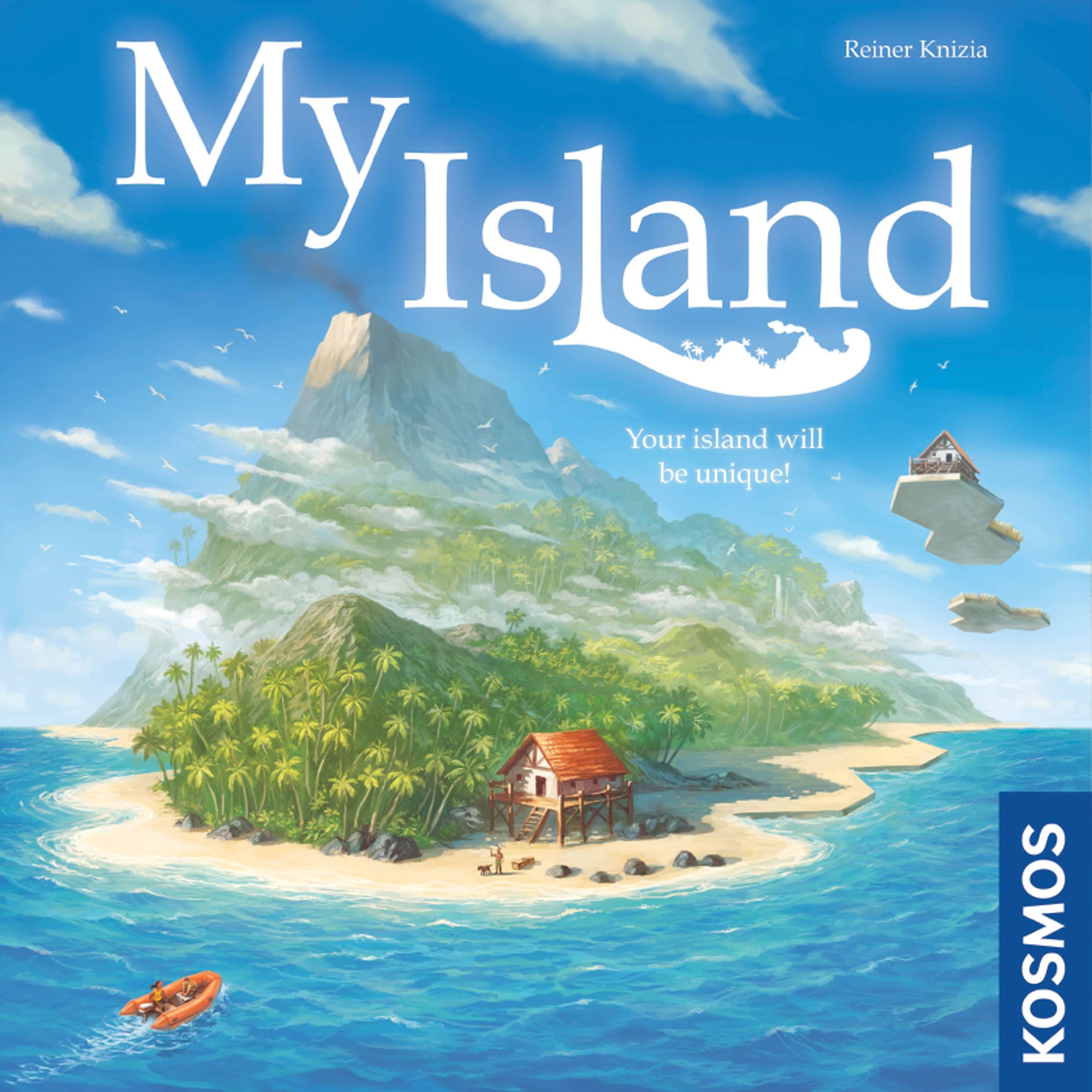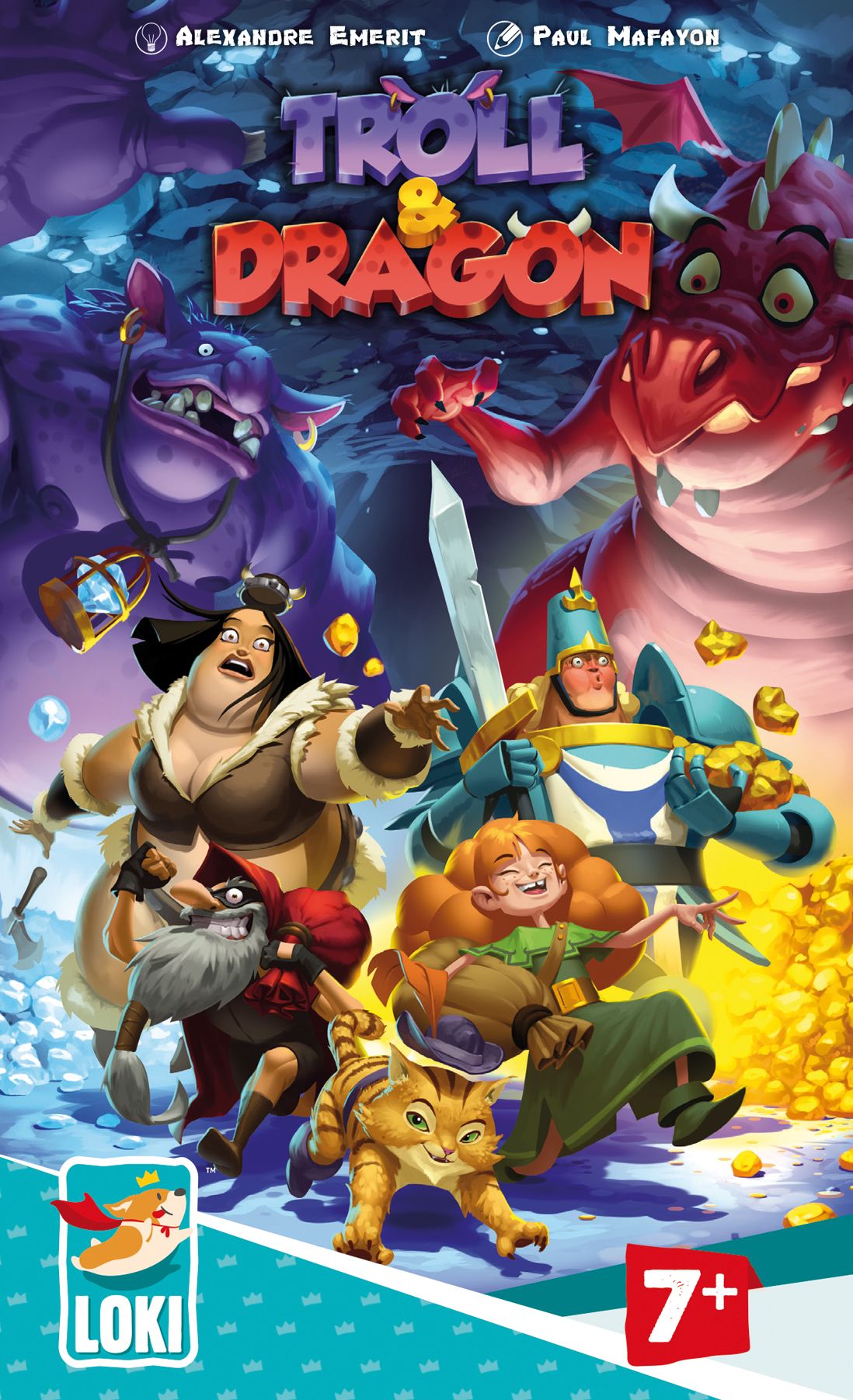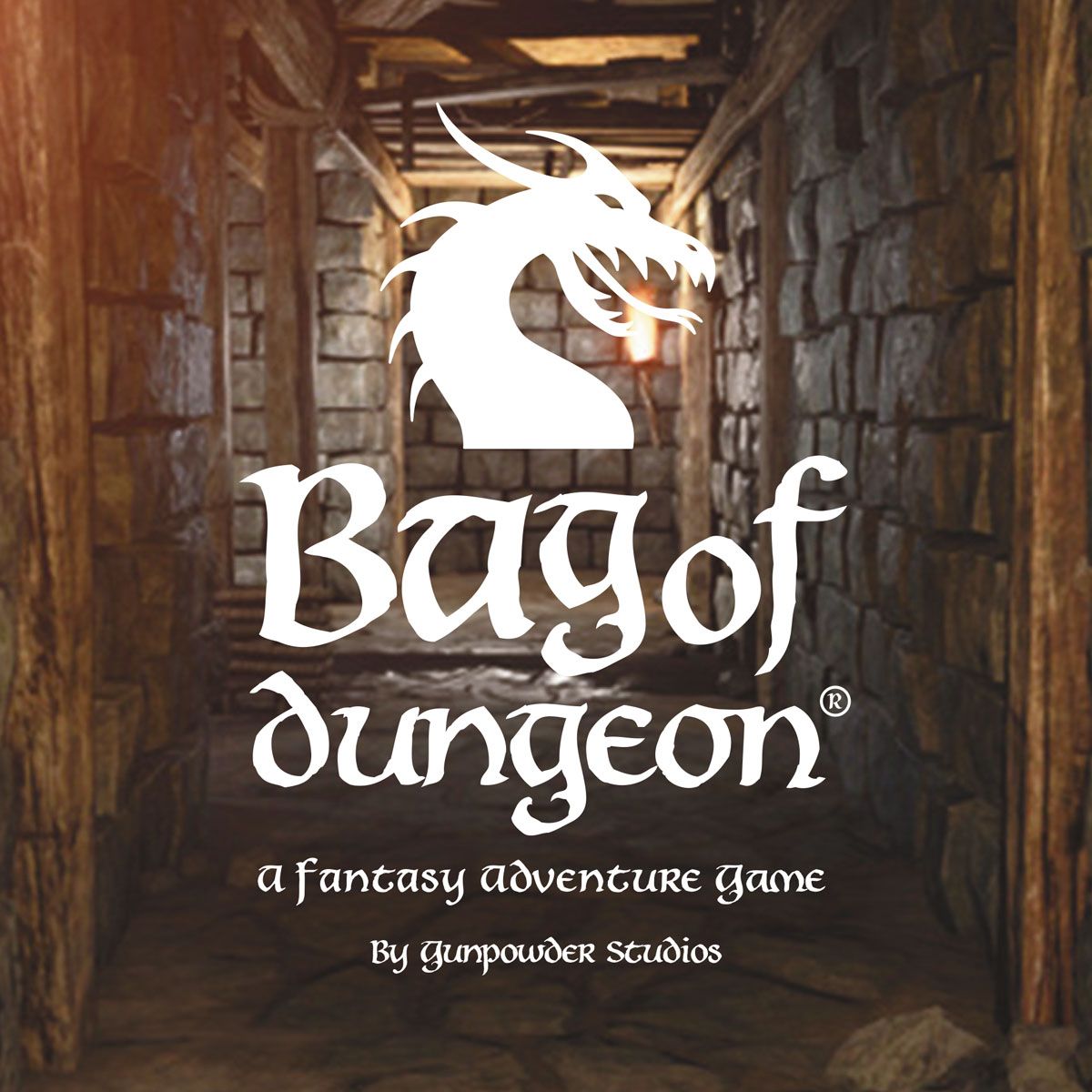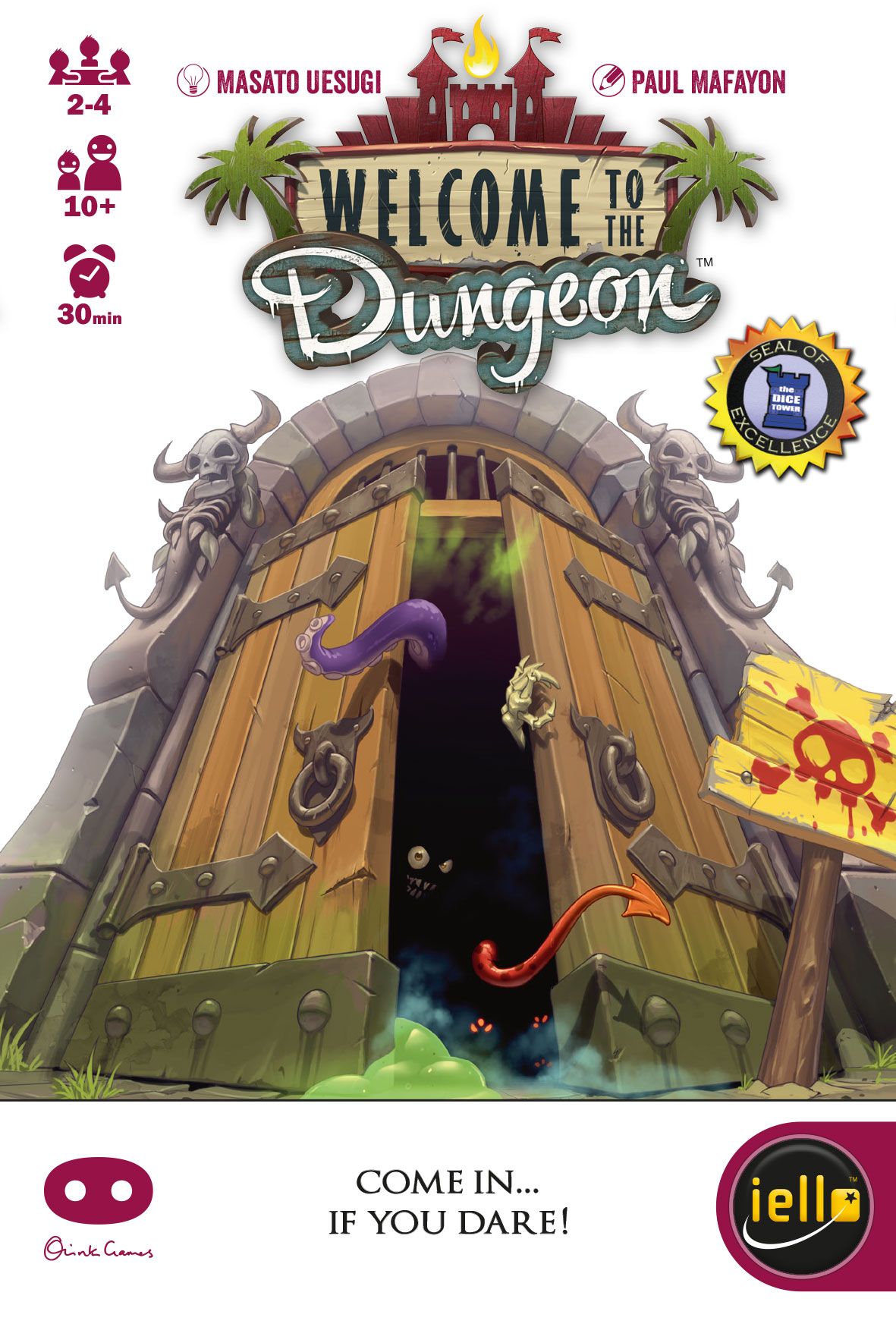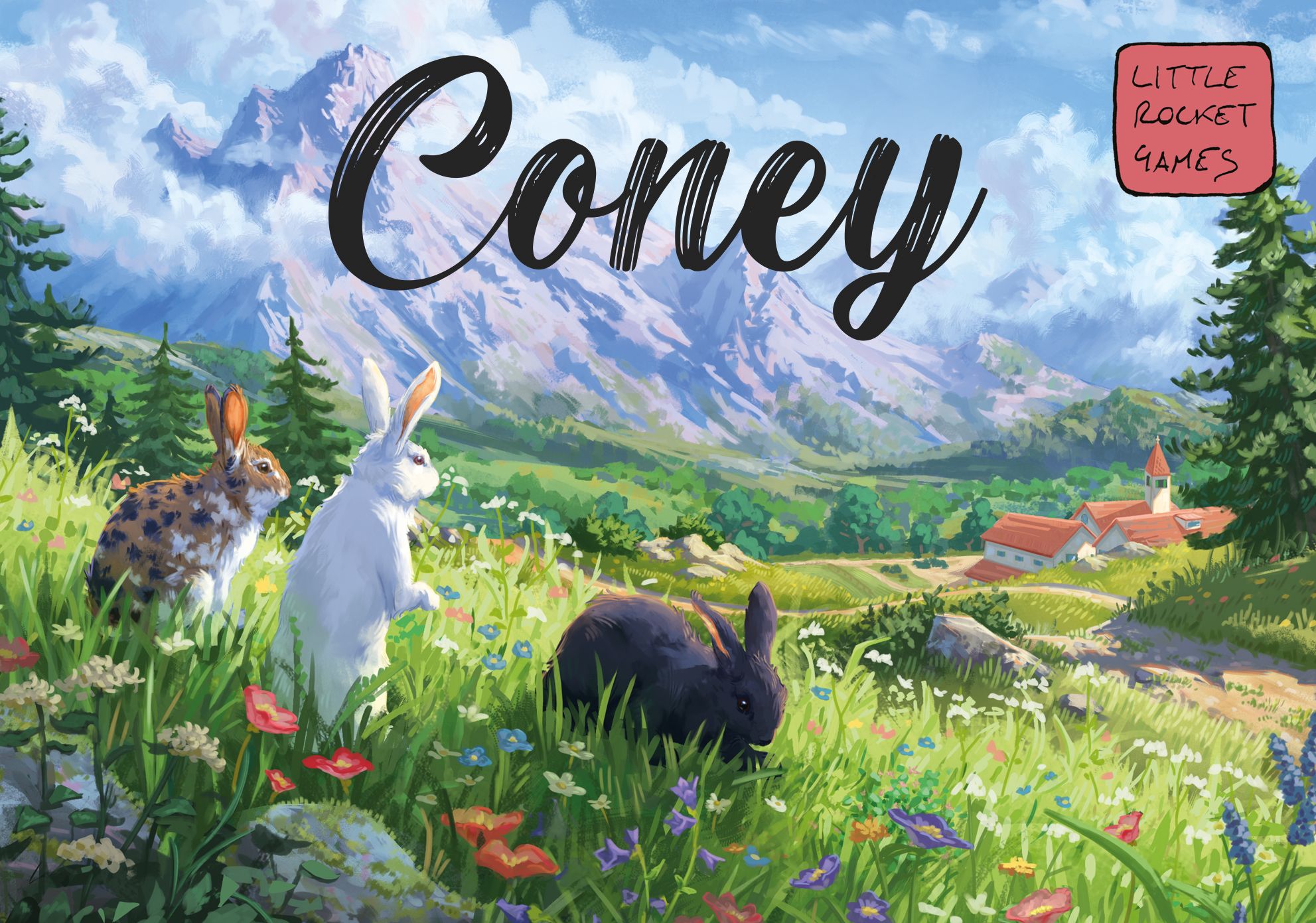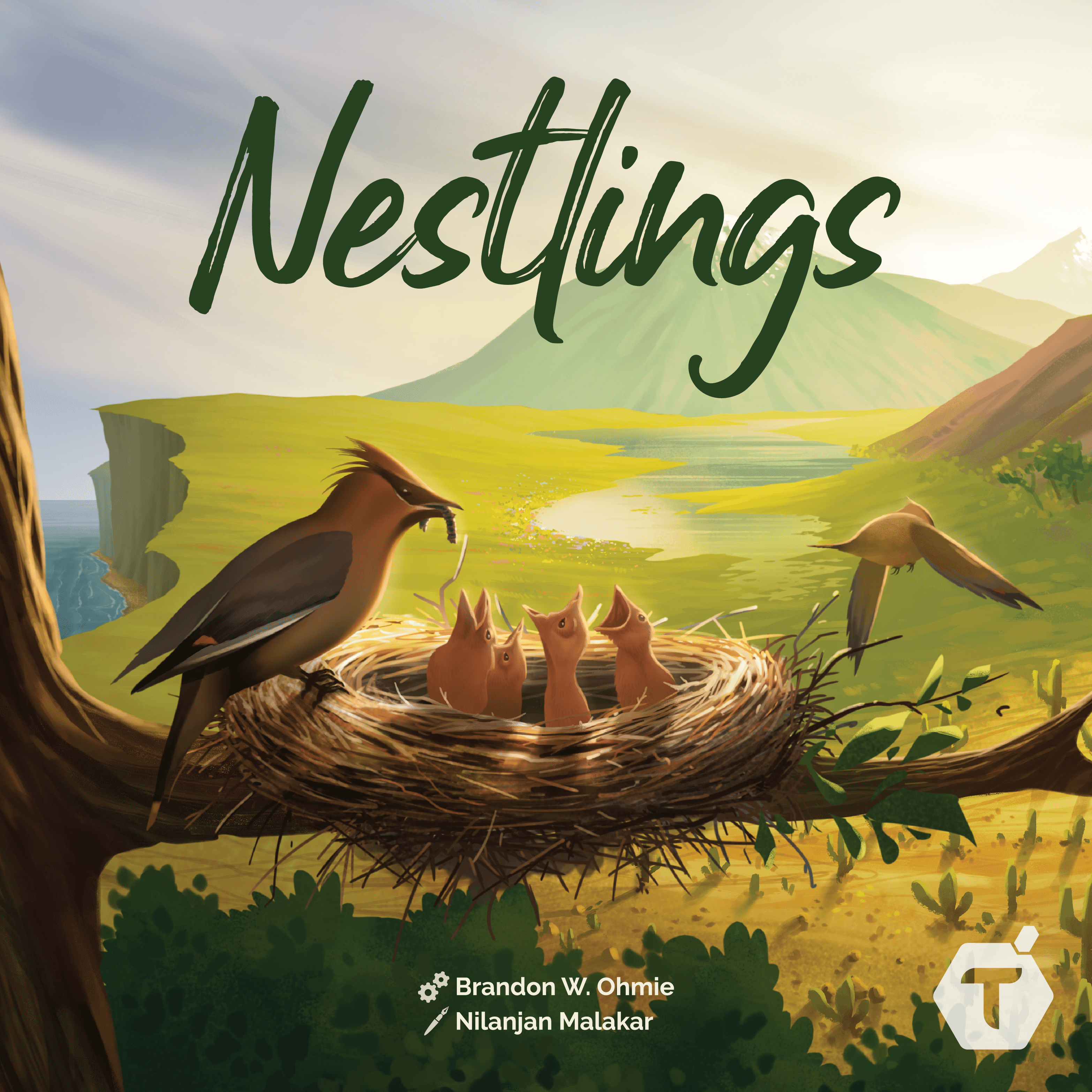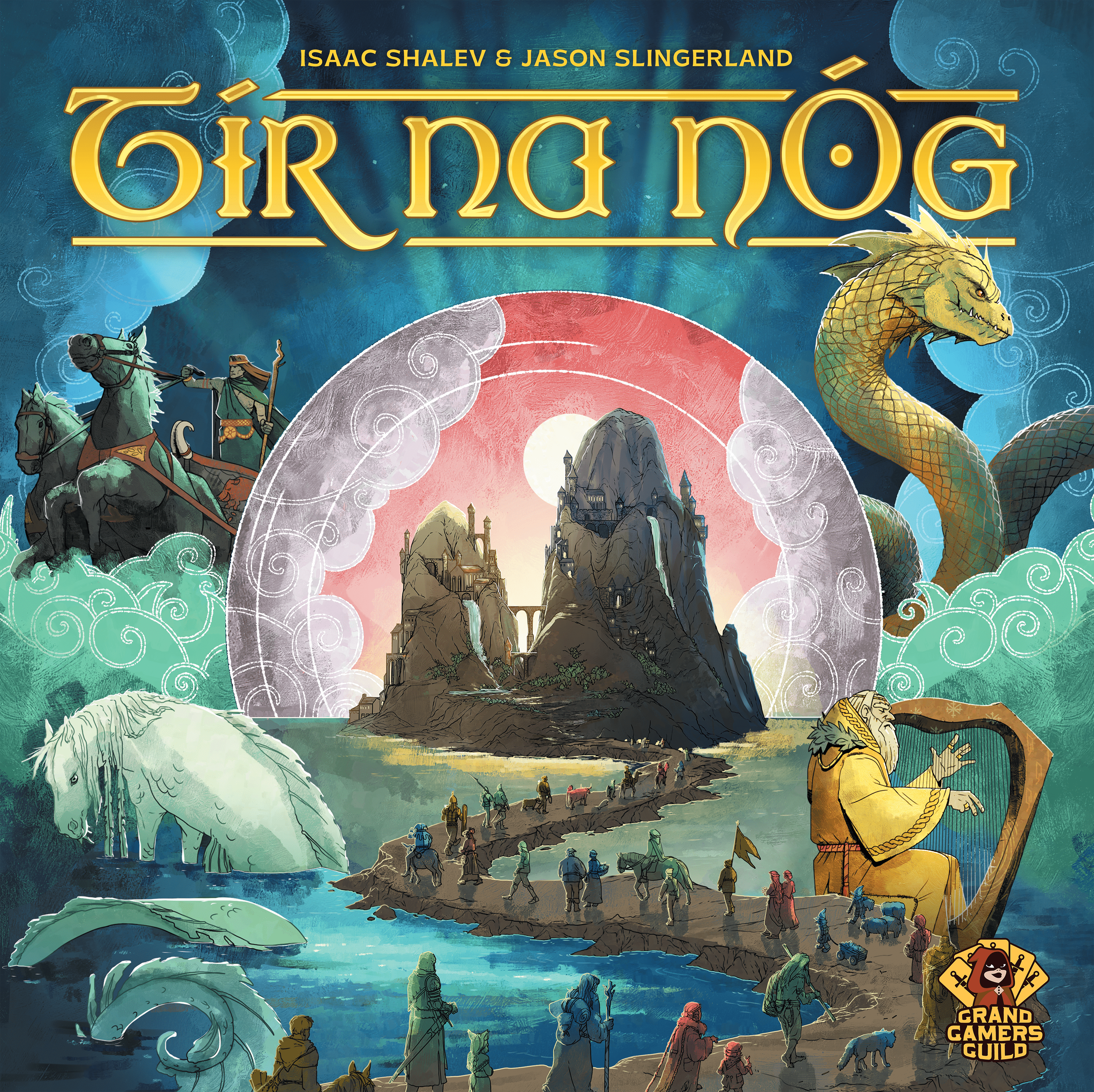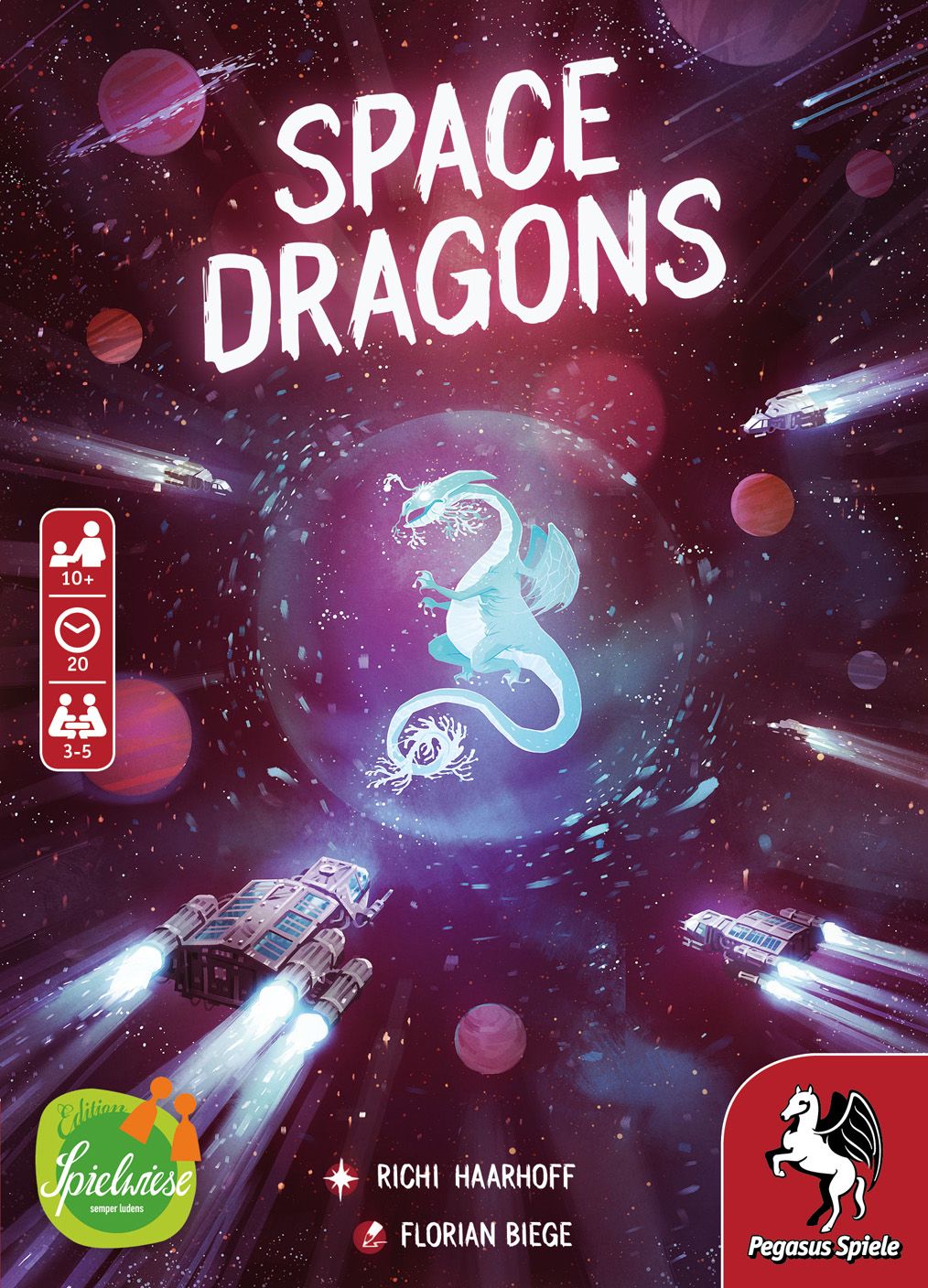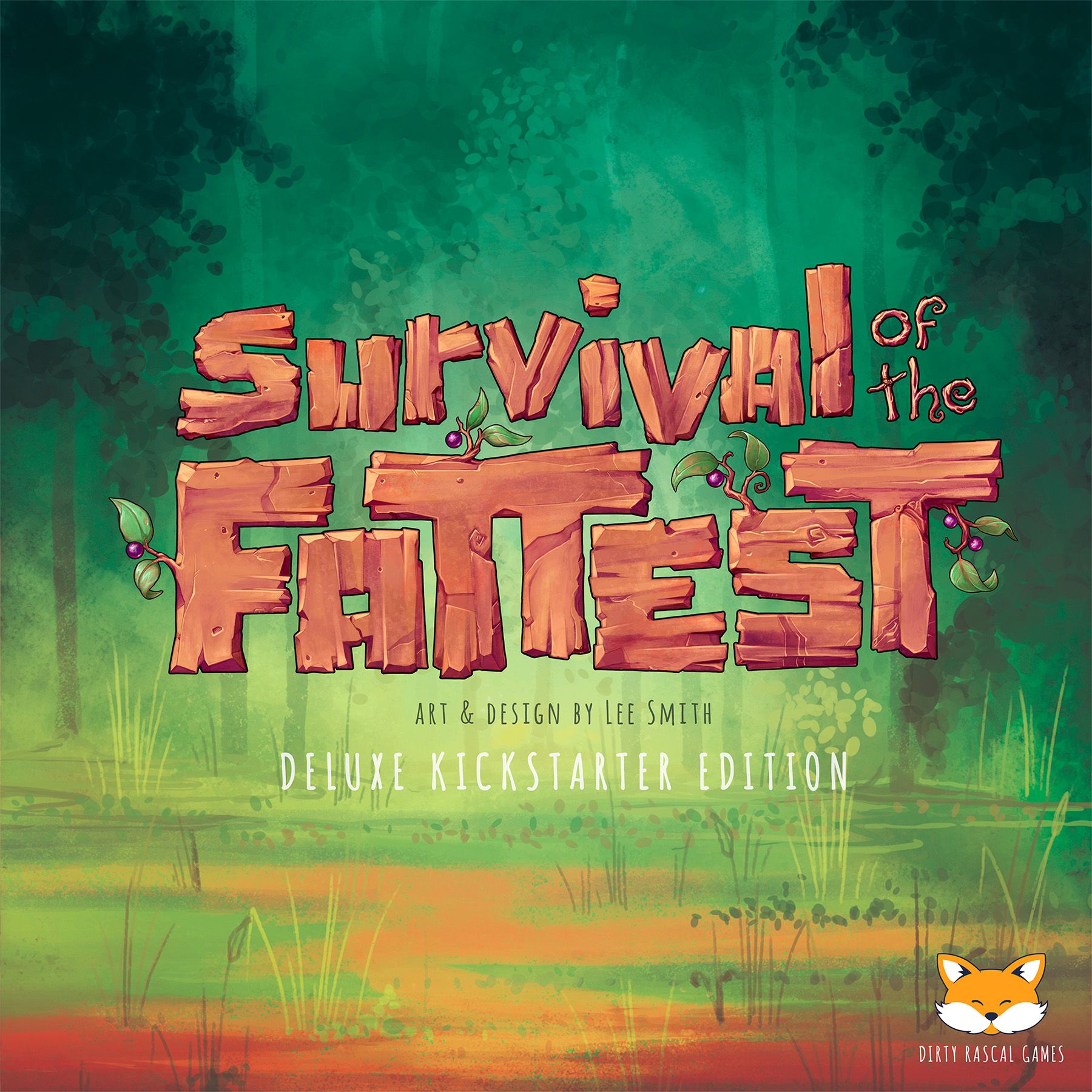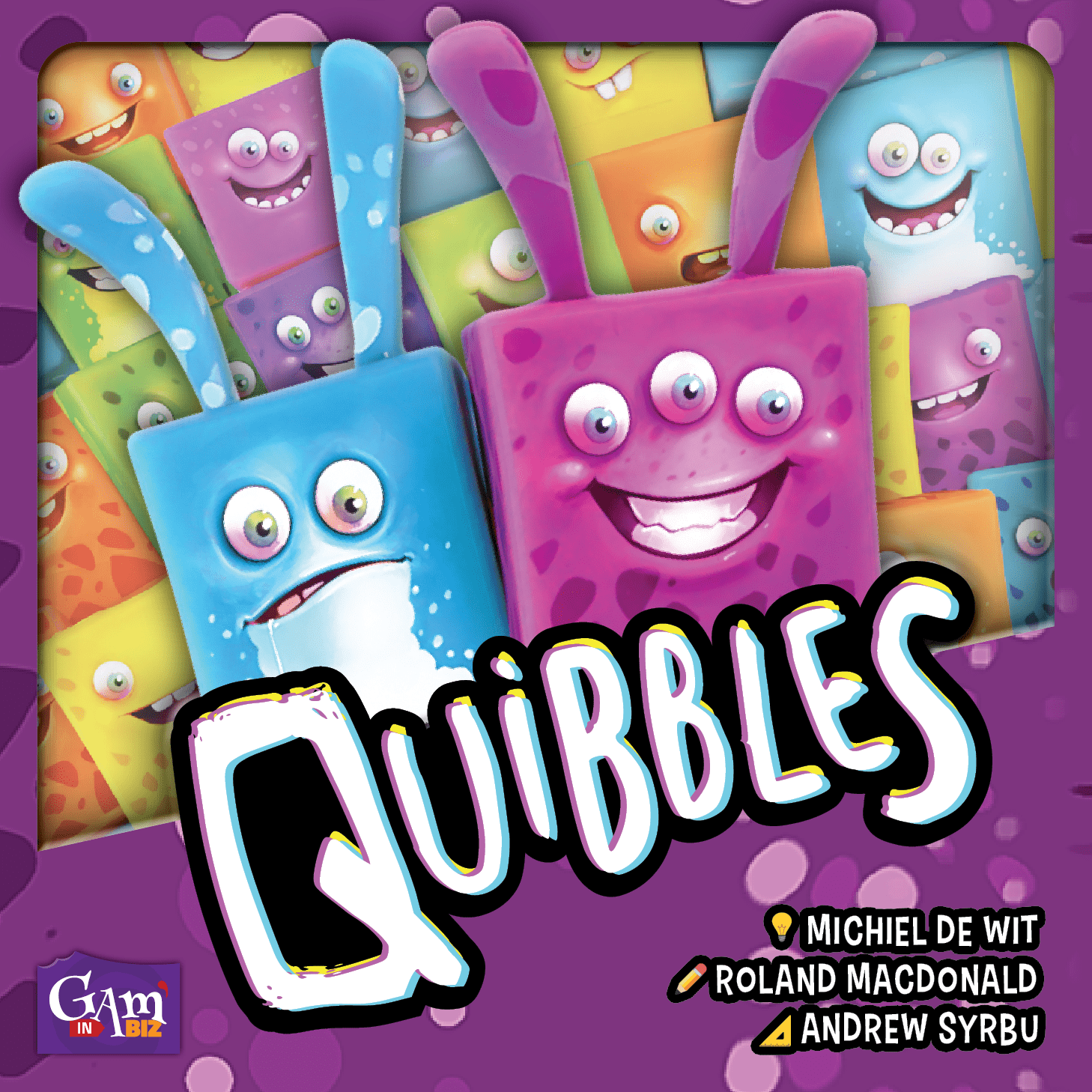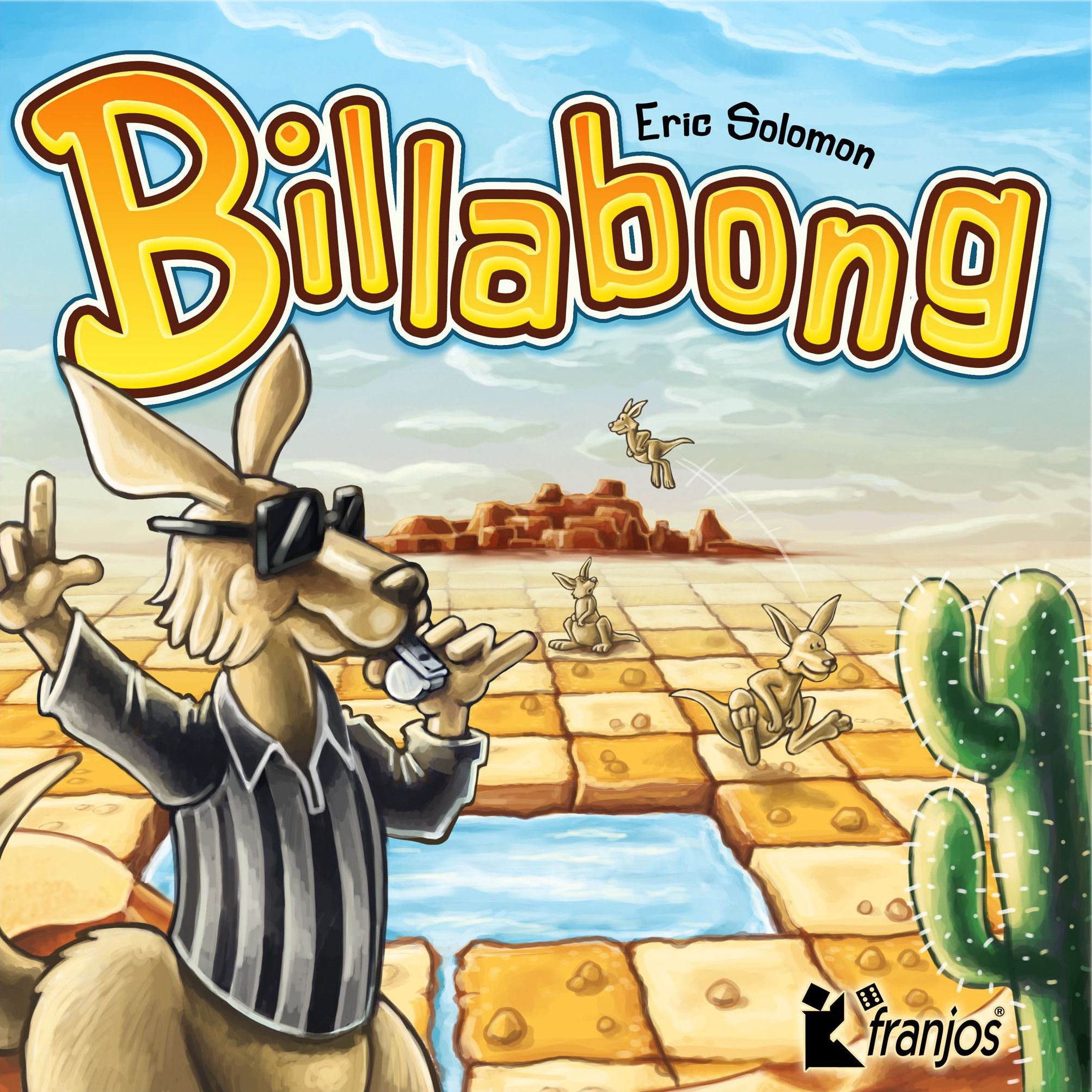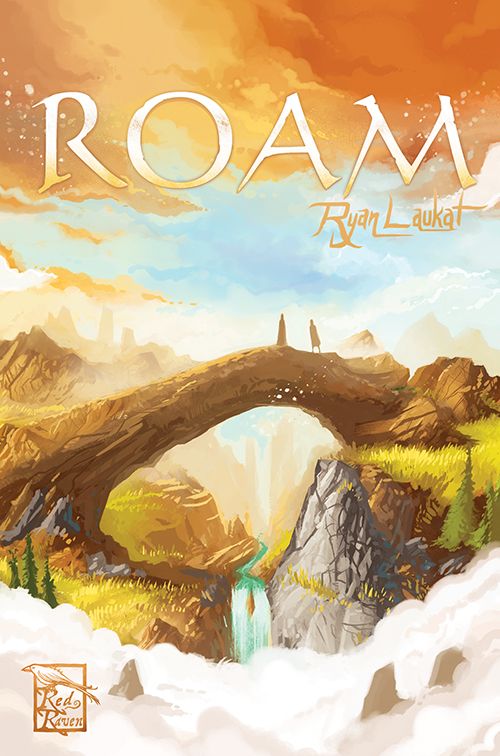Pete the Cat Perfect Pizza Party Game BGG
other title:
Pizza Party
/
Pepperoni Party
…
genre:
Children's Game
/
Dice
platform:
Boardgame
publisher:
Asmodee
/
Haywire Group
…
In the dice-rolling game Pizza Party, each of the two players rolls five dice over and over again at the same time, trying to match their dice to the toppings on the pizza slice card they drew. As soon as dice match, you can place them on the appropriate toppings on the card, and as soon as all the ingredients are supplied, you grab another card and start rolling once again. Whoever first creates an entire pizza pie of six slices wins!

